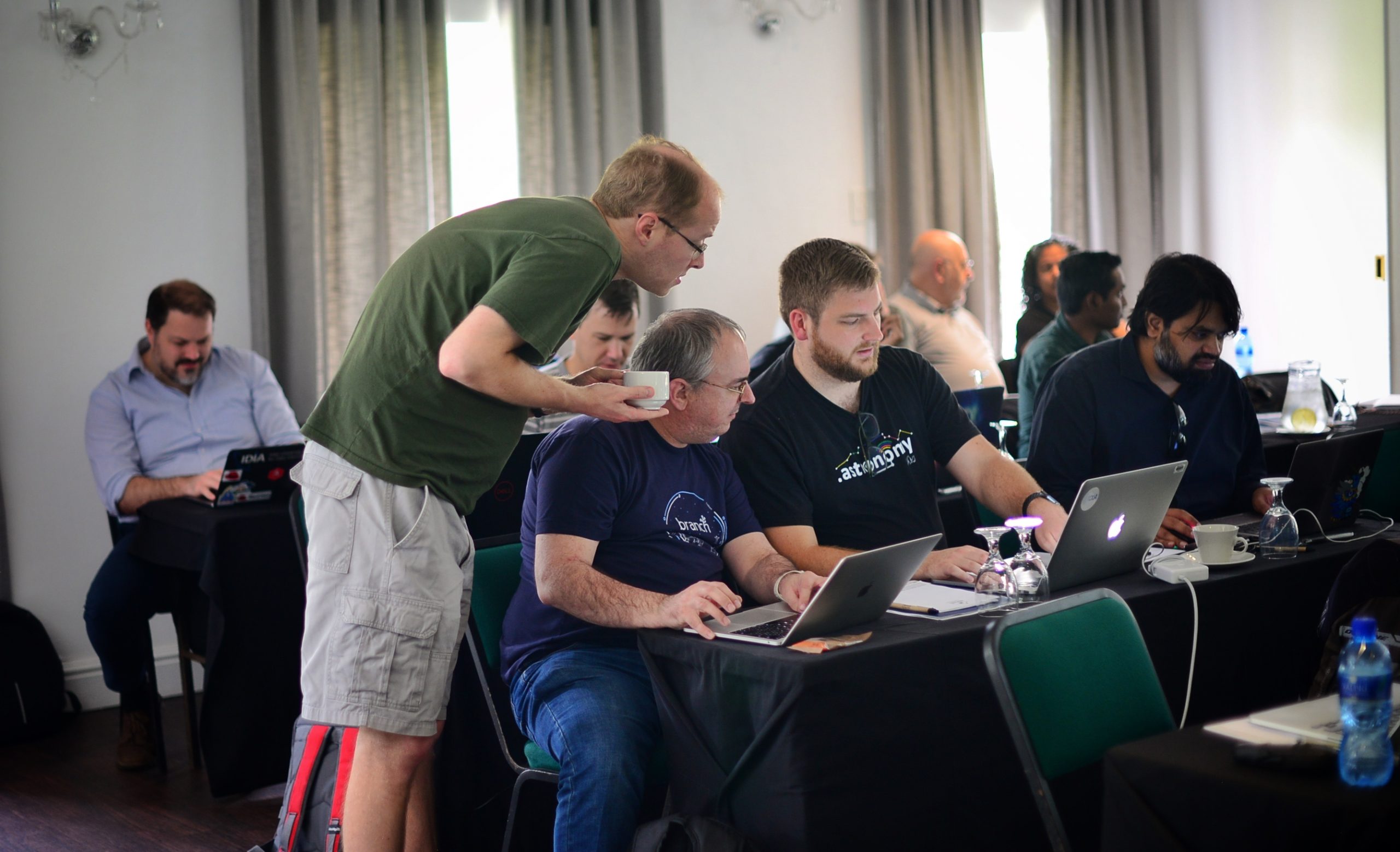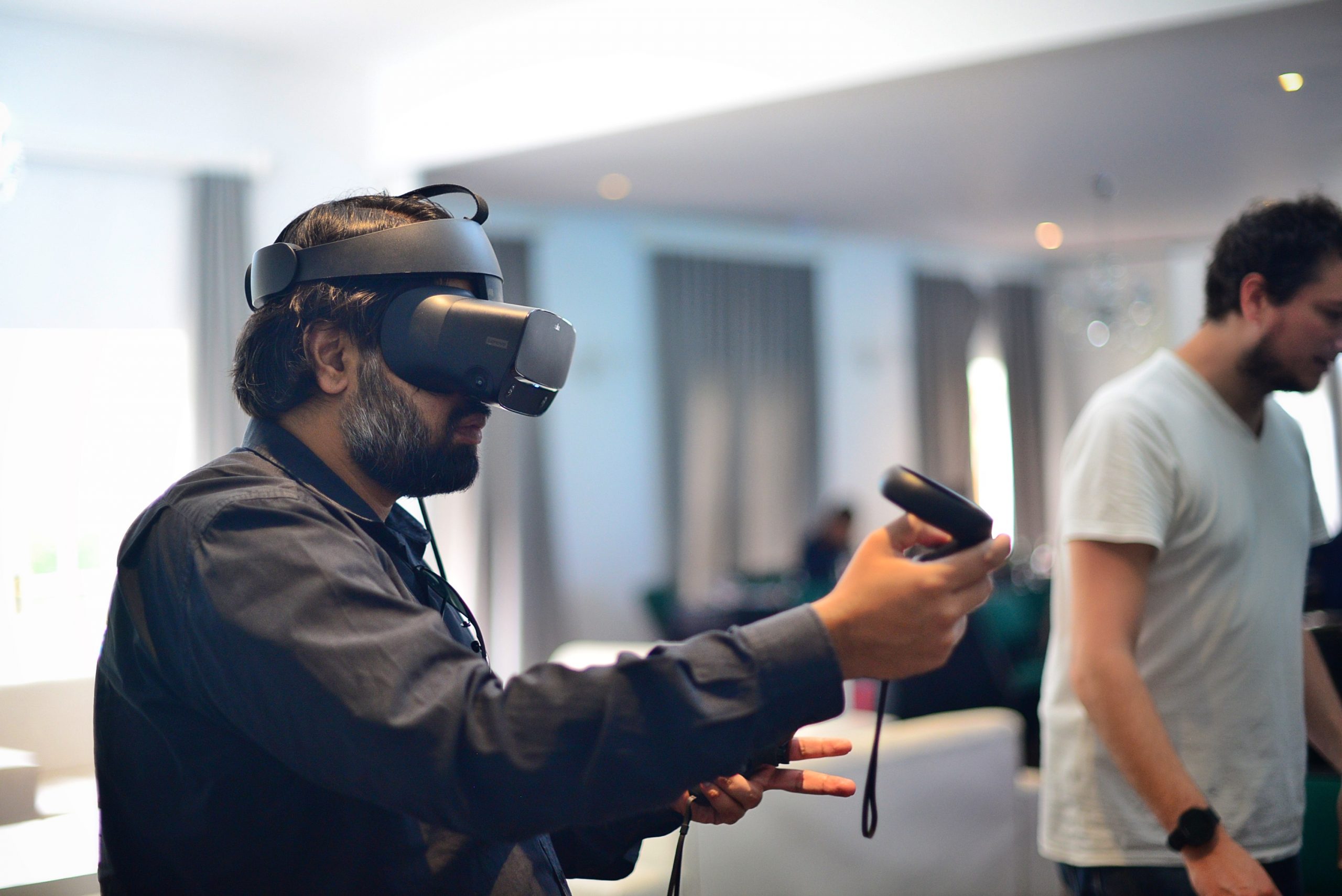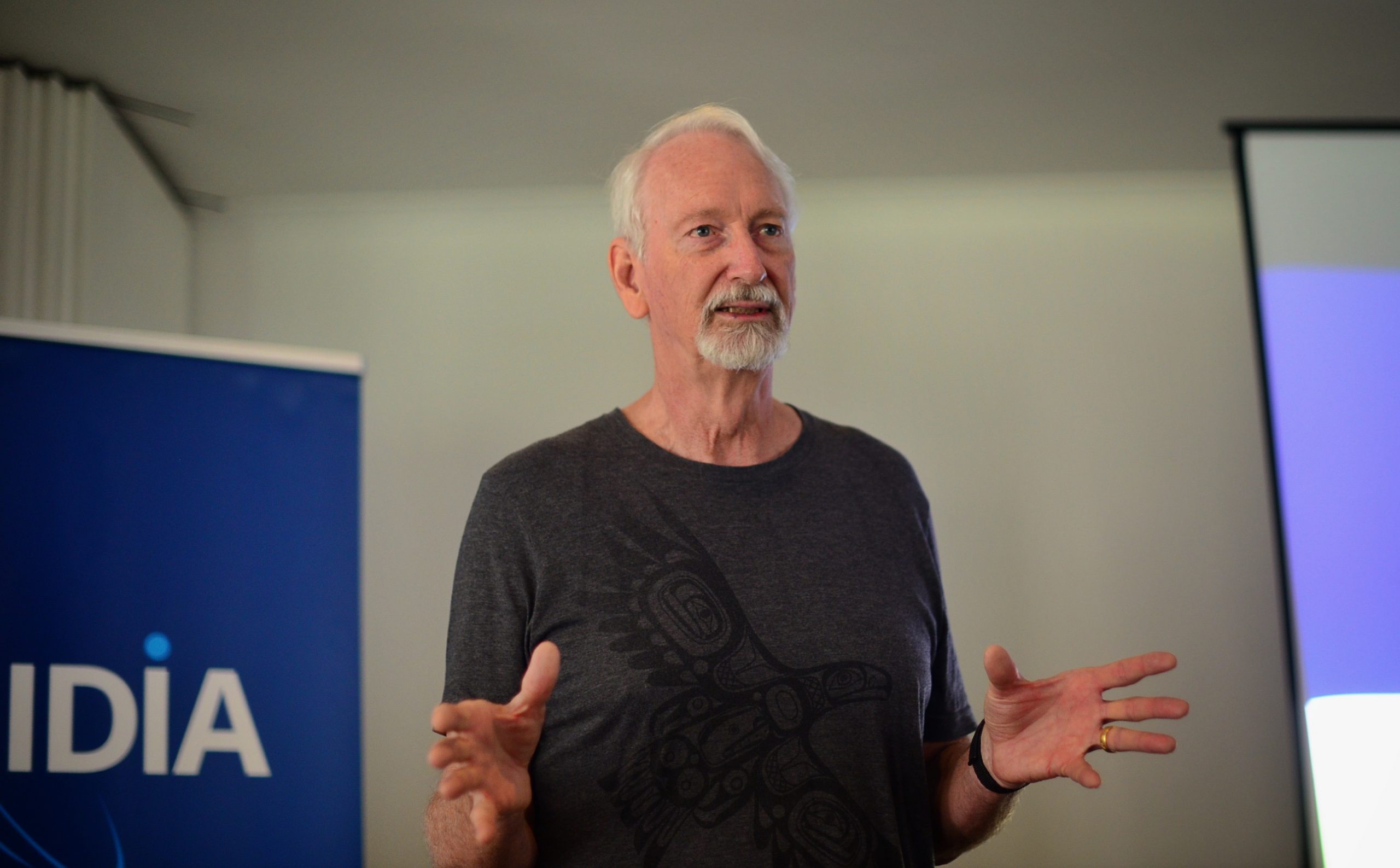On Thursday 19 September, 35 IDIA researchers and staff gathered in Hout Bay for a day-long science retreat. As we both look back at the first four years of the institute, and look to the future and plan for the next quinquennium, this was an enlightening and inspiring day.

In his concluding remarks, Russ Taylor expressed the conviction that we are well on the way to leading SKA key science. From mapping neutral hydrogen to machine-learning supported very long baseline interferometry, the IDIA teams are making steady progress in their research thanks to the IDIA cloud.
He also highlighted the exciting partnerships between astrophysics and computer science that are emerging from IDIA research projects and collaborations. For example, the computational intelligence experts that research machine learning are key to helping astronomers make progress in tackling big data challenges, and helps astronomy go beyond using “off-the-shelf” machine learning algorithms.
This also bodes well for the multi-messenger science, a type of astronomy that is growing in importance and in findings!

It was also sobering to hear how big the data will really get in the next 4-5 years, and the community clearly feels some urgency to get on top of this technological challenge early to be able to create science-ready data products. There was also mention of the collaboration between IDIA and SARAO on where preliminary data processing, such as RFI flagging, needs to take place. In this context, data transport bottlenecks were also mentioned as needing timely attention.
Another growing aspect of the science that emerged in the conversation was transient astronomy. This exciting field opens new doors to discovery. Beyond receiving the Meerlicht data and enabling its data processing pipeline, IDIA will be eager to engage further with SAAO and LSST about transient science.
In terms of data visualization, Russ observed that we are on a good path to be able to visualize big data on the cloud – i.e. with real-time remote rendering without suffering latency – thanks to the ingenuity of the IDIA visualization lab team. Virtual Reality is also maturing as an analytics tools and new international collaborations substantiate that impression.

The way forward in terms of cloud infrastructure is intimately embedded in the research goals of its users.
The scientific progress made by IDIA teams at UCT, UWC and UP also gives material for an ambitious development and outreach programme, which was also presented during the day.
Russ concluded by saying that we have come a long way from the early days of IDIA. The next few months will be used to capture the five-year science vision and build an optimal plan to support it with the institute.

